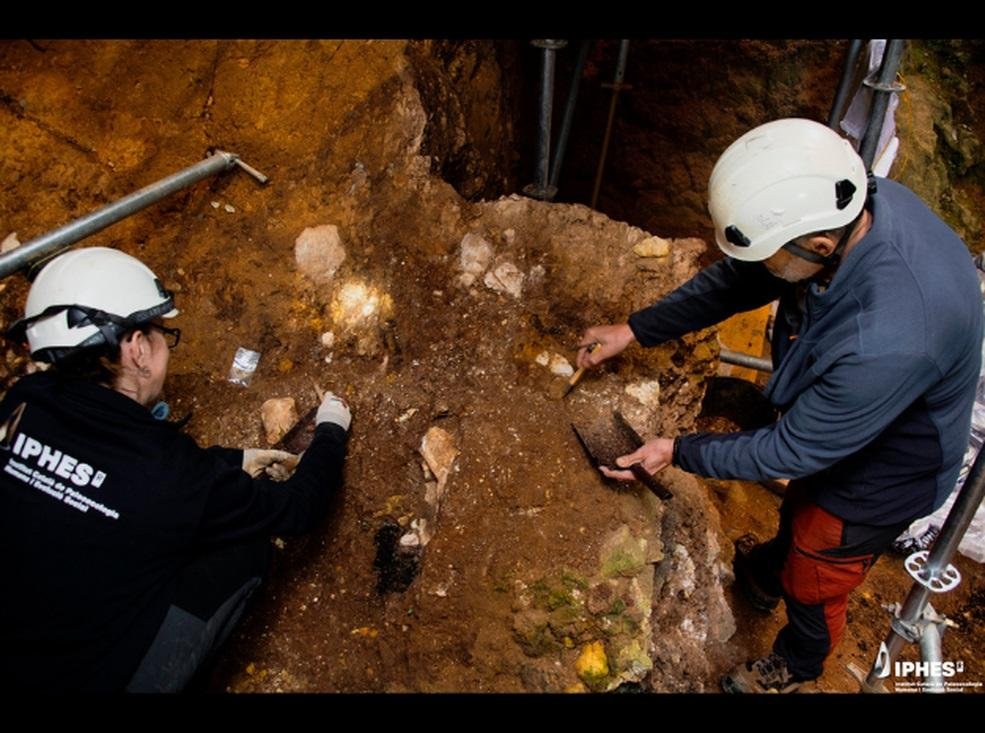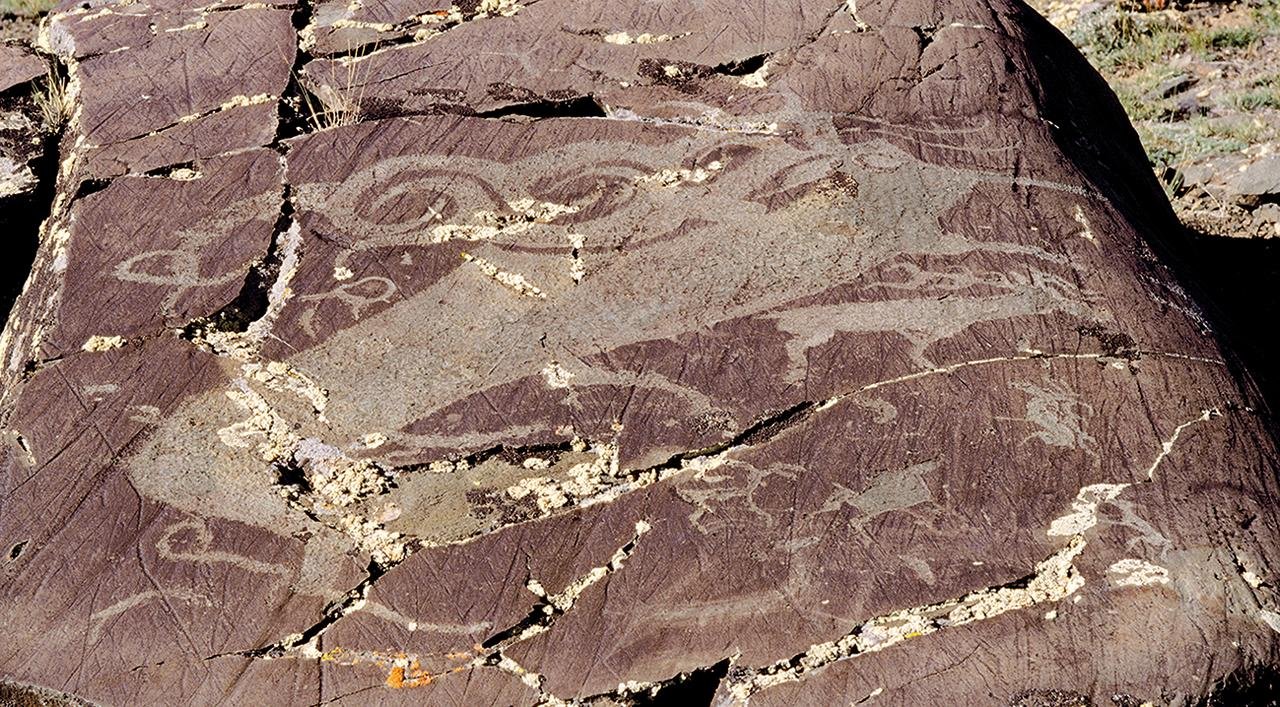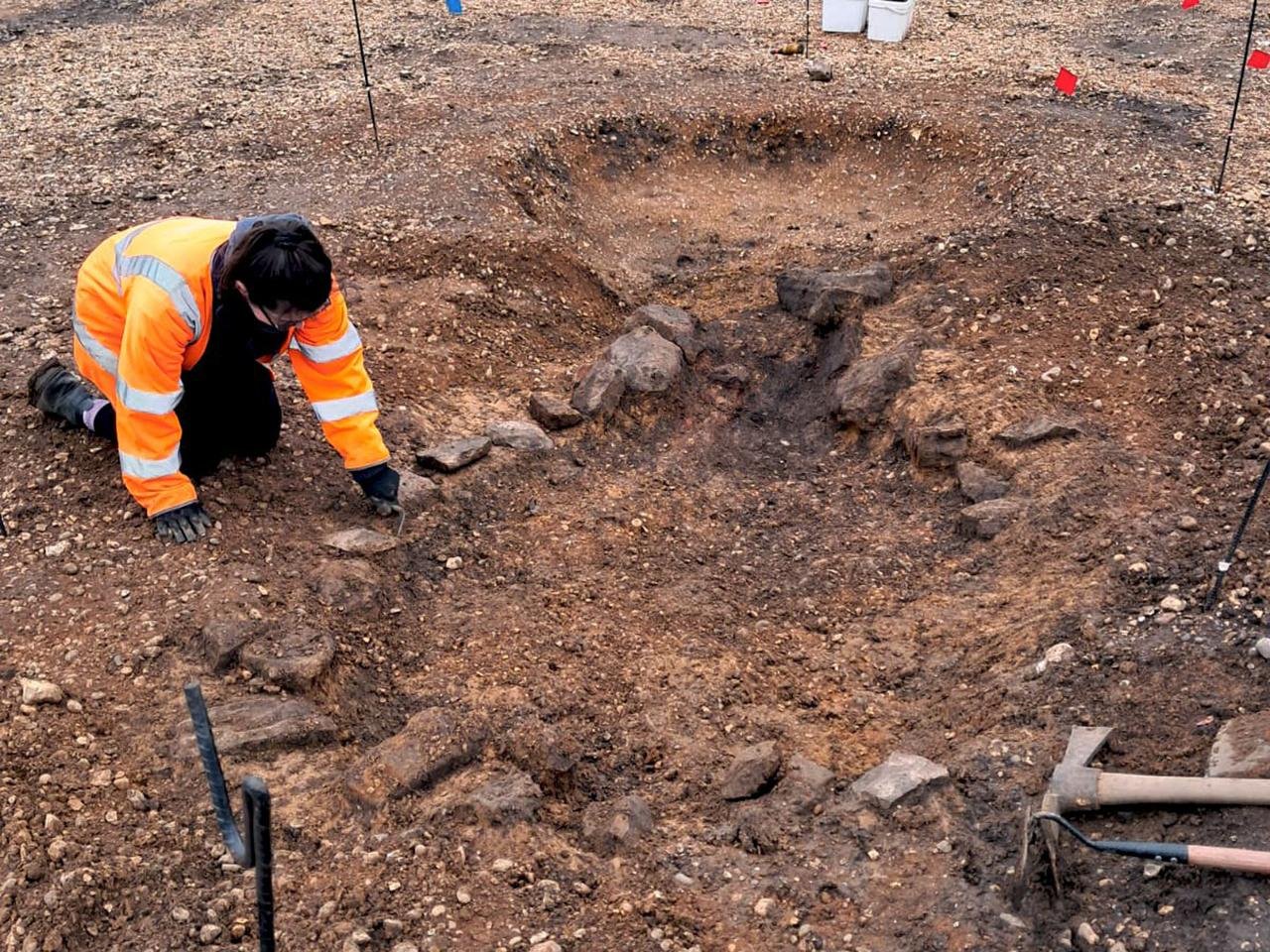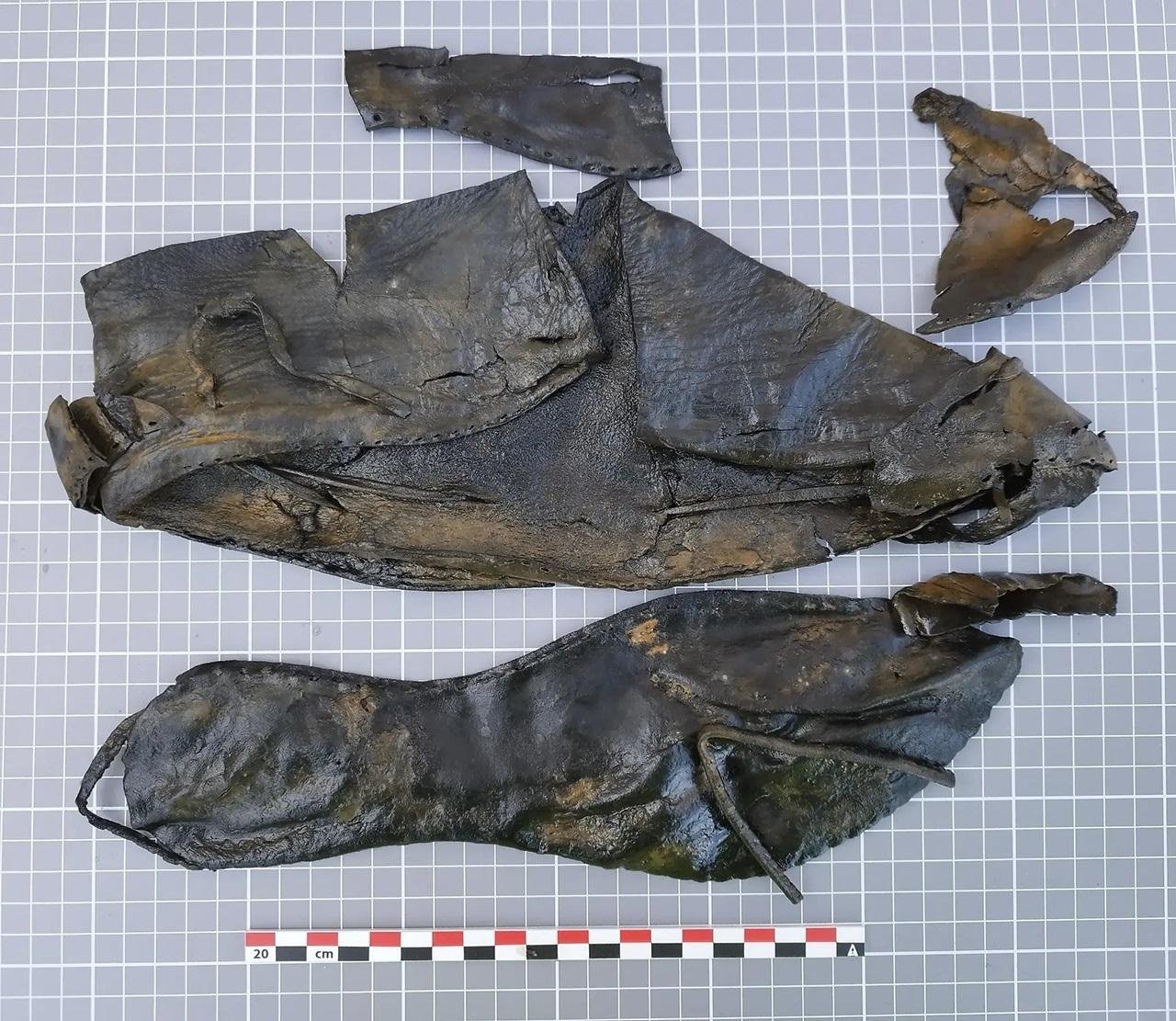A fascinating fossil find in Spain’s Atapuerca Mountains has revealed that the beginnings of human habitation in Western Europe predate what scientists previously believed. A fragment of a human face, discovered in 2022 at the Sima del Elefante archaeological site, has been estimated to be between 1.1 million and 1.4 million years old, making it the earliest human face found to date in Western Europe. The fossil, cataloged as ATE7-1 and nicknamed “Pink,” was identified as Homo affinis erectus (H. aff. erectus)—an extinct human relative.
 Original fossil alongside a 3D recreation of the right side of the face of H. aff. erectus from Sima del Elefante, Spain. Credit: Maria D. Guillén / IPHES-CERCA
Original fossil alongside a 3D recreation of the right side of the face of H. aff. erectus from Sima del Elefante, Spain. Credit: Maria D. Guillén / IPHES-CERCA
The findings, published recently in the journal Nature, were led by Dr. Rosa Huguet of IPHES-CERCA, together with researchers from various insтιтutions, including the National Center for Research on Human Evolution (CENIEH) and Rovira i Virgili University. “This fossil provides the earliest human remains found so far in Western Europe, documenting a previously unknown population in the region,” explained Dr. María Martinón-Torres, director of CENIEH.
The discovery of Pink’s facial bones includes the left side of the maxilla (upper jaw) and part of the cheekbone, display some notable differences from previously known European hominin fossils. Hominin fossils from Atapuerca’s Gran Dolina site dated to about 860,000 years ago were classified as Homo antecessor, a species thought to share some facial traits with modern humans. But Pink’s features suggest a more primitive lineage.
Given these skeletal features, researchers have provisionally ᴀssigned Pink to H. aff. erectus, acknowledging its similarities with Homo erectus while leaving open the possibility that it represents a distinct species.
 Researchers excavate at Sima del Elefante. Credit: Maria D. Guillén / IPHES-CERCA
Researchers excavate at Sima del Elefante. Credit: Maria D. Guillén / IPHES-CERCA
The discovery challenges prior ᴀssumptions about the Western European settlement by the first hominins. For a long time, scientists have believed that some of the earliest hominins to migrate to the region were Homo antecessor, but Pink is hundreds of thousands of years older than previous fossils implying an earlier migration wave.
Artifacts, including stone tools typically made from quartz and flint, have also been uncovered along with animal bones with cut marks from the TE7 level of Sima del Elefante. These findings suggest that early humans engaged in butchery and used simple tools for processing food.
Paleoecological analysis of the site suggests that the Atapuerca region during the Lower Pleistocene was a diverse environment with forests, grᴀsslands, and seasonal water sources, ideal ecological conditions for early humans.
This latest finding marks a major step forward in understanding human evolution in Europe. Dr. Marina Mosquera, director of IPHES-CERCA, emphasized Atapuerca’s role in global paleoanthropological research, stating, “This site continues to be a key reference point for understanding our origins.”
The recent discoveries are yet another advance in the efforts to better understand early human evolutionary history in Europe. Despite gaining valuable insights from Pink, researchers still have unanswered questions. What happened to this group? Did changes in the environment contribute to their disappearance? Or did they share the land with later hominins—like Homo antecessor?
Harsh climatic conditions around 1.1 million years ago may have led to the disappearance of Homo aff. erectus in the region, allowing Homo antecessor to establish itself there. At the same time, it is entirely possible that small groups of both species coexisted, at least for a time.
More information: IPHES
Huguet, R., Rodríguez-Álvarez, X.P., Martinón-Torres, M. et al. (2025). The earliest human face of Western Europe. Nature. doi:10.1038/s41586-025-08681-0





